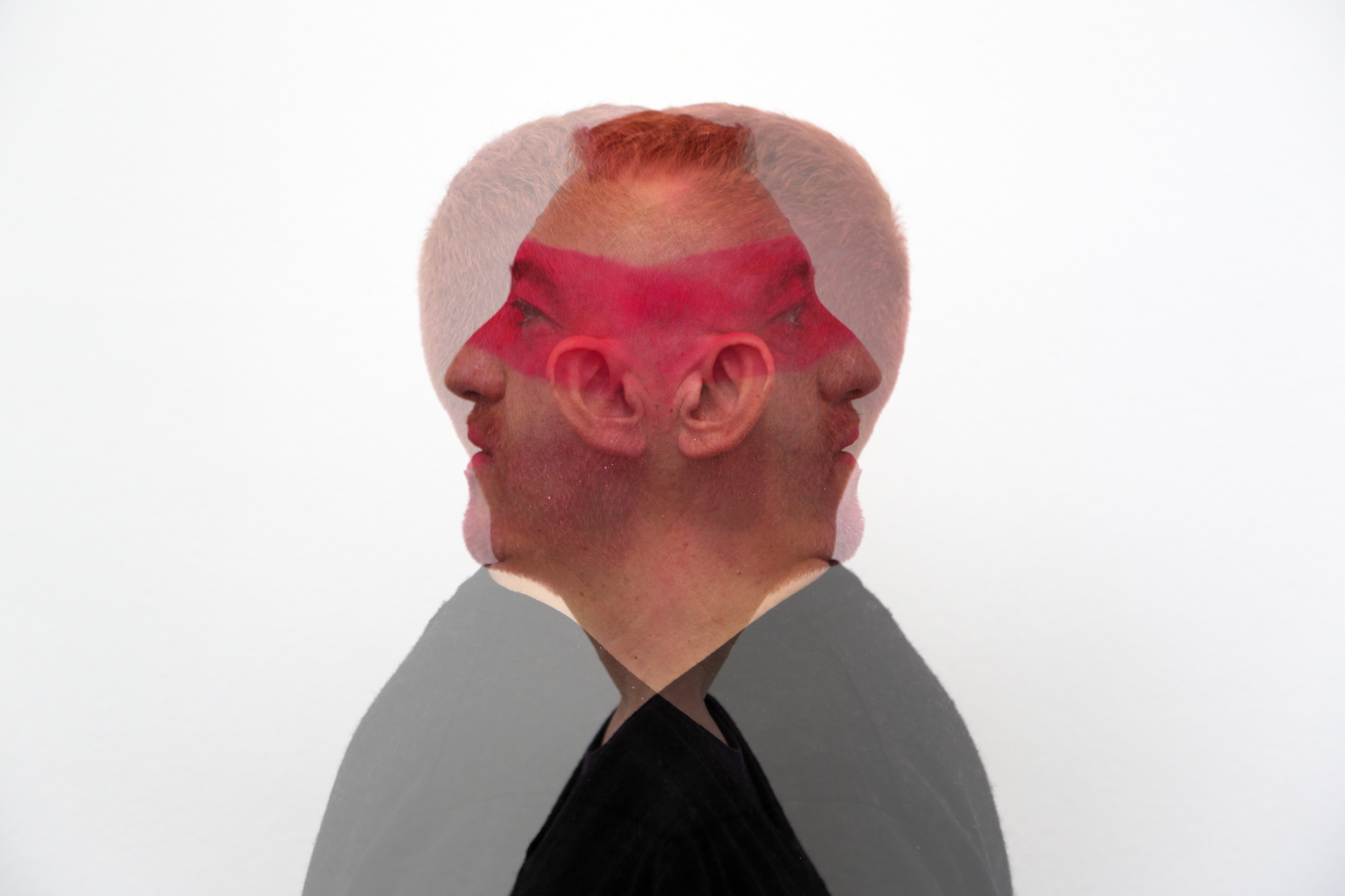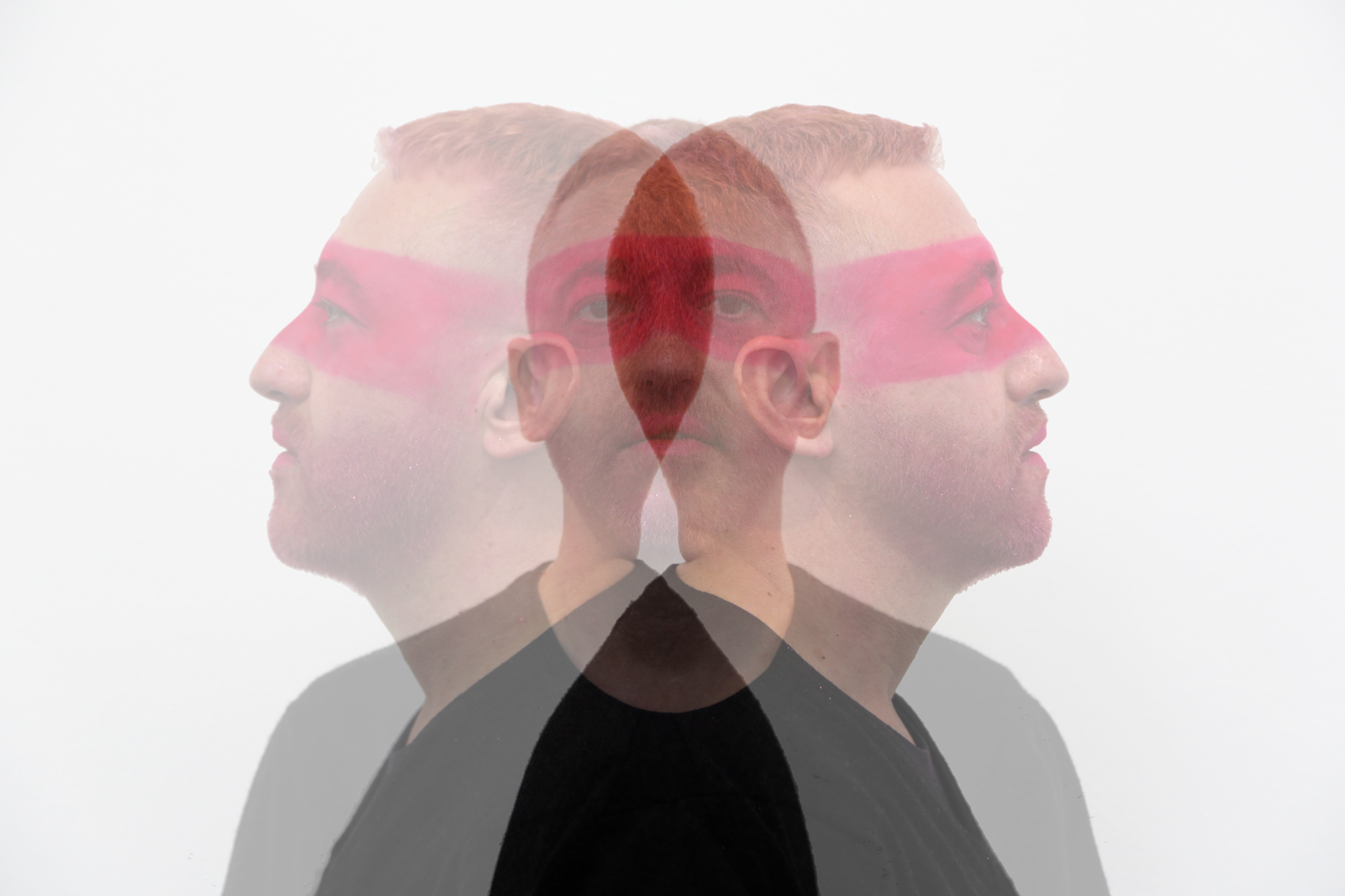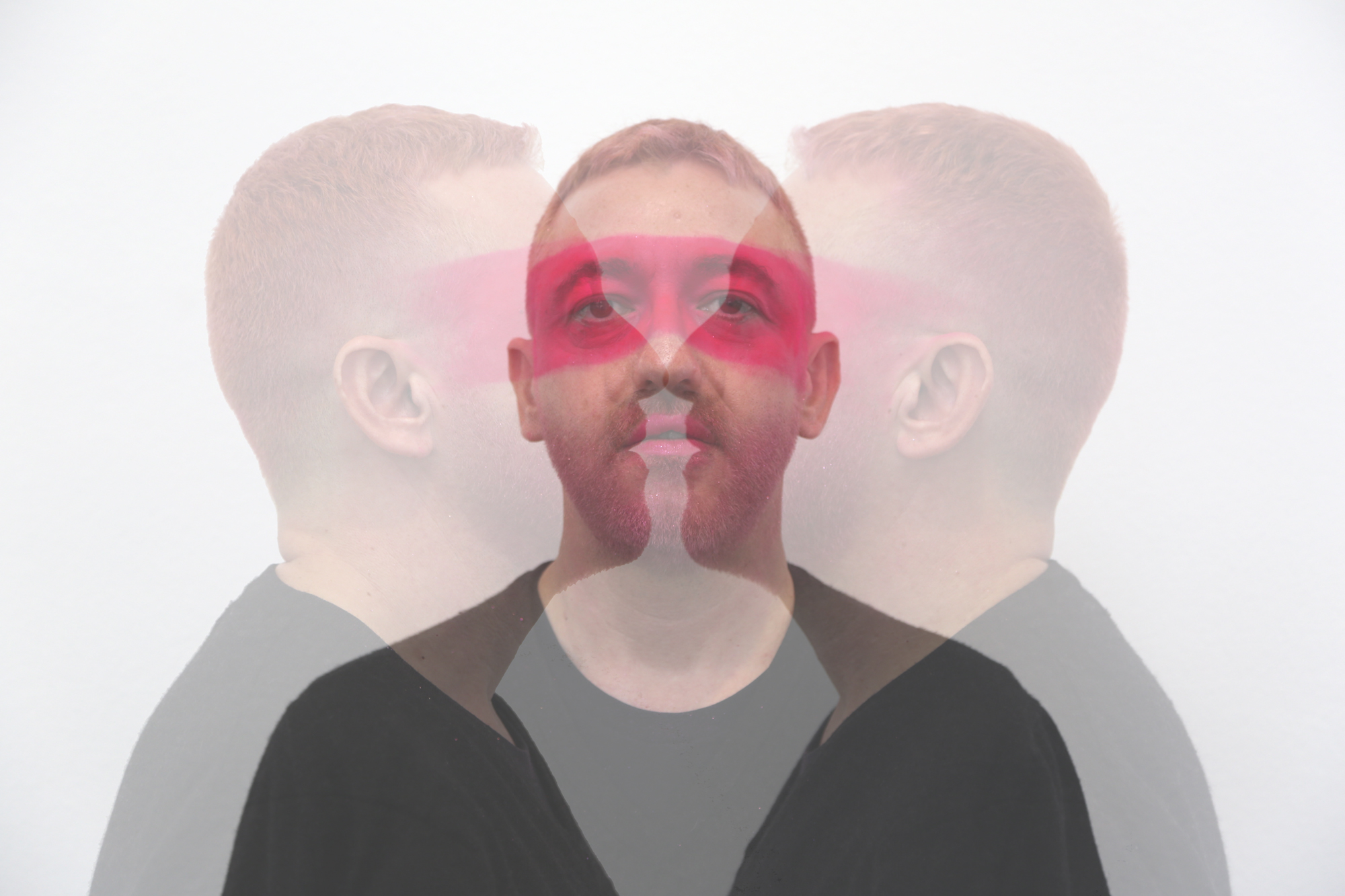Looking Straight is a new series of self-portraits by Lanfranco Aceti realized for International Women’s Day 2018 as part of a performance in Barcelona at MACBA. The artworks are inspired by Piero della Francesca’s iconic profile portraits of the Duke Federigo da Montefeltro and Duchess Battista Sforza of Urbino (1465-1472). The original Renaissance portraits are a diptych while the new series realized are triptychs.
The artworks explore issues of gender in portraiture, and self-portraiture in particular. What does the construction and definition of one’s sexual identity entail? Where does fluidity begin and end? Is there a clearly demarcated area in which, against the nature of the very concept of fluidity, there is an actual beginning and an ending of gender lines? These issues are also linked to the use of the definition of gender typologies to create turfs within which to impose ideological restraints and set the basis for fascistic discourses. This approach flaunts the very nature of matriarchal discourses and the gender culture expressed in the 1960s and 1970s by gay, lesbian, and transgender people.
The artist focuses on the issue of self-portraiture at a moment in which the culture of the self is at its parodistic and paroxysmal apex. It is a cultural moment in which self-obsession clashes against the desire and, more recently in 2020, the obligation of re-engaging with the notion of the ‘collective body’. Self-portraiture in this case stands not solely for exploration of the individual as such but also an analysis of the varied connections to the larger structures of society and to the many other individuals with which ‘the one’ shares the common destiny of the many.
The reflections of the artist focus also on the role that media, as a material tool, allows for the creation of self-portraiture. The digital collage and the kaleidoscopic constructions hint at geometries of construction of the image while flaunting it. The artist also brings back the formality of the portrait through the rigidity of the pose while wearing a mask that exposes ideological concerns. Fascinated by the construction of Luigi Pirandello’s One, No One, and One Hundred Thousand, the artist exposes the reality of the infinite possibility of composing and re-composing, via illusory structures, in the attempt to rediscover a real self, hidden behind the sedimentation of constructions and roles that are superficial shiny mirrors of nothingness.
No name. No memory today of yesterday’s name; of today’s name tomorrow. If the name is the thing, if a name in us is the concept of everything that is situated without us, if without a name there is no concept, and the thing remains blindly indistinct and undefined within us, very well, then, let men take that name which I once bore and engrave it as an epitaph on the brow of that pictured me that they beheld; let them leave it there in peace, and let them not speak of it again. For a name is no more than that, an epitaph. Something befitting the dead. One who has reached a conclusion. I am alive, and I reach no conclusion. Life knows no conclusion. Nor does it know anything of names.
It is in the same fashion that a portrait is not the person but at best an instance of the person and it does not capture life but it reveals, at best, a glimpse of life or a hint of it through artificial means and constructions. It allows us to approximate a form of knowledge but does not offer a full knowledge. Portraits, and in particular self-portraits and selfies, are an artificial construction of what people wish to be, attempting to give a conclusion to life in an orderly and structured manner, as if they could. It is the attempt to kill life, nailing it to a wall to present the best version of one’s-self as if they were butterflies nailed and preserved in a permanent death, reminding us of the amazement that one might prove at their flight if they had been alive.



